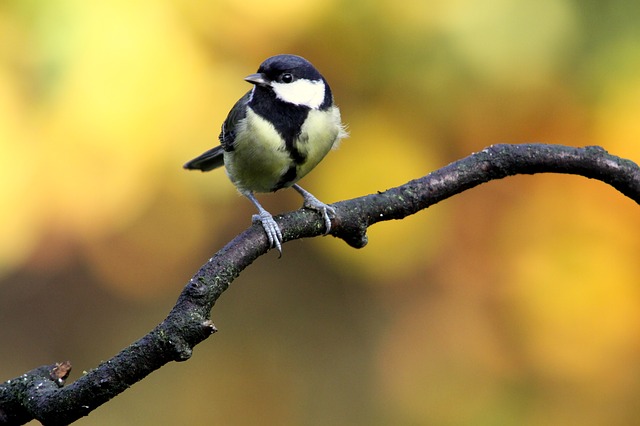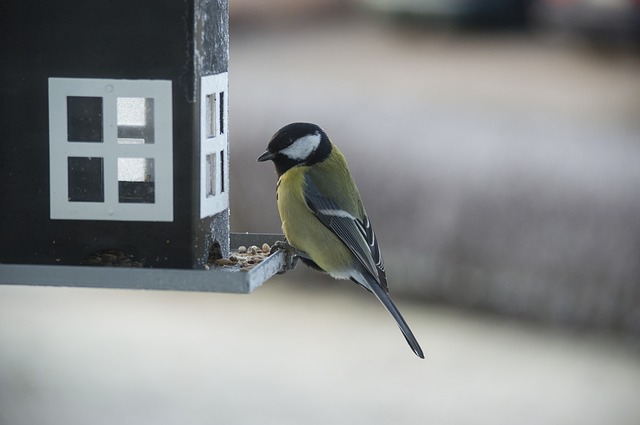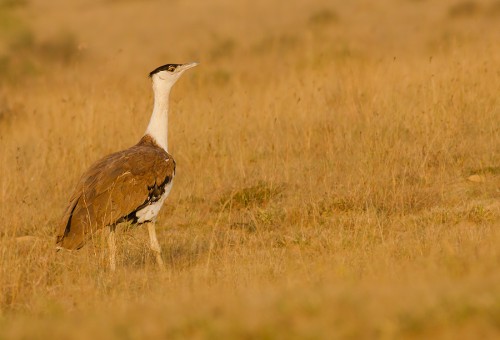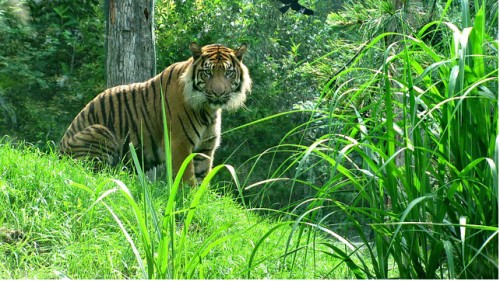The fast-paced stressful lives led by human beings in big cities is undoubtedly taking a toll on their health. Now, there is research to prove that it affects birds living in cities as well.

Compare the two birds in the picture above – it would be hard to believe that they are the same age.
Researchers at Lund University in Sweden have found from observations on birds of a particular species, Parus major, commonly known as the nesting great tit, that they are at greater risk of dying young when raised in an urban environment.
Biologist Pablo Salmon and his team proved that when raised in an urban environment; not only was the development of the bird affected but also irreversible damage caused to its life expectancy.
There are certain advantages for a bird raised in urban settings, such as easy access to food and warmer temperatures. However the disadvantages of a city life for a growing bird are far greater – the stress due to noise, light and proximity to humans and predators such as cats said the researcher.
Changed DNA
It was found that the length of telomeres in urban birds are shorter than those found in the birds of the same species growing in the countryside. Telomeres are located at the tips of each DNA strand located in the chromosomes of the body and they could be described as a kind of age biomarker. In humans as well as great tits, short telomeres are an indication of short life expectancy. The results of this study imply that there is a deep impact of the environment a bird is raised on the length of the telomeres.
The subjects of the study were a group of closely related great tits. Half of them were raised in the Swedish city of Malmo, while the other half grew in the country. In a span of merely two weeks, there was a marked difference between the telomere lengths of both groups. Normally, telomere lengths are genetically determined. But this study shows how it can be impacted by the stressful living conditions of these birds.
“The impact that urbanization has on wildlife must be studied much more, or we won’t be able to understand the threats that birds are exposed to in urban environments, and won’t be able to do anything about them,” said Salmon. “Our results also raise questions concerning the aging of other animals affected by urbanisation, and humans for that matter.”
This study opens up more avenues for further research – for instance, the impact of high stress on other populations. It would be interesting as well as important to find out and know if human beings are affected by such factors.
It is also noteworthy that only one species of birds was studied. Certain other bird species such as pigeons, robins and blackbirds and animals such as raccoons seem to be doing well in city environments. This suggests that it may be only those species facing a threat of habitat loss that are adversely affected.
More Related Stories,
World’s Highest Number Of Songbirds Are In The Himalayas
New Nesting Ideas Helping Grey Hornbills Survive In Treeless Cities
Pigeon Brains Work Just Like Children











One thought on “Unbelievable Aging Seen In Birds Living In Cities”